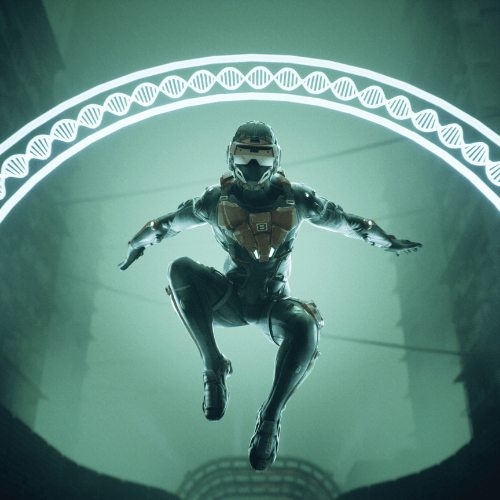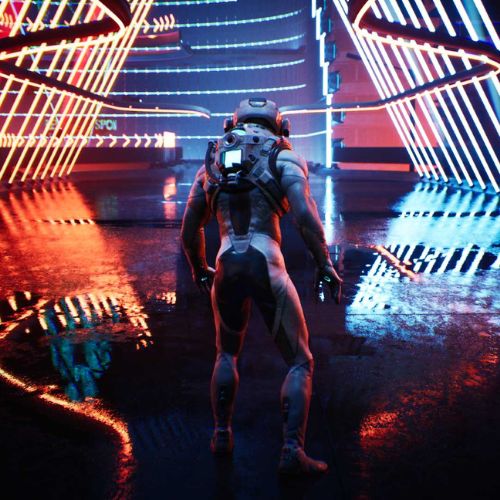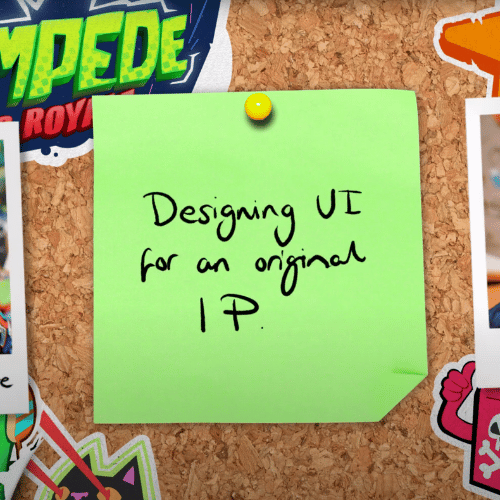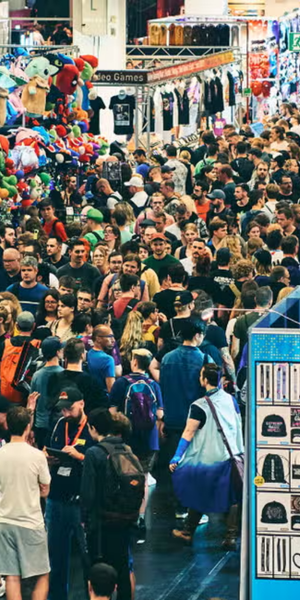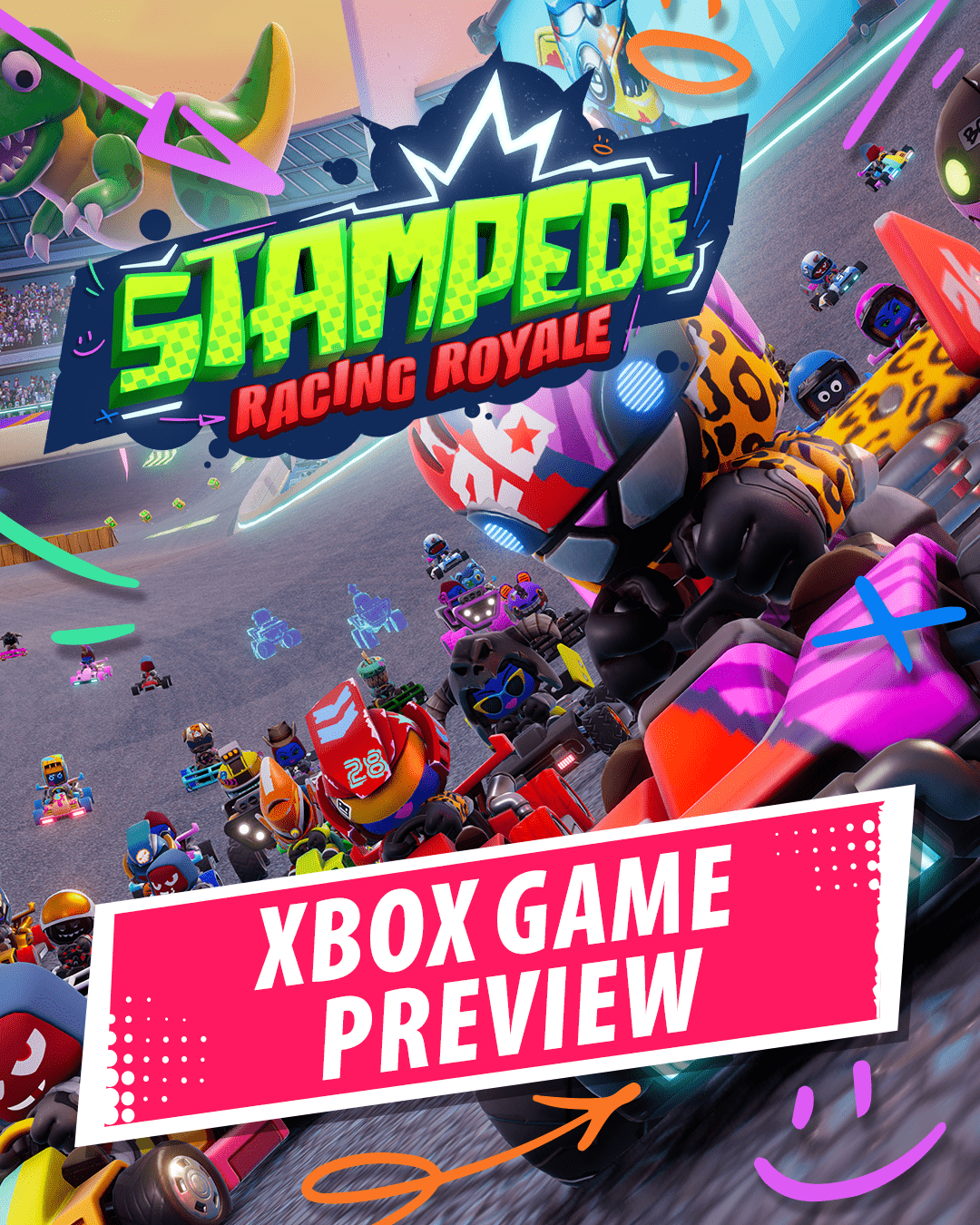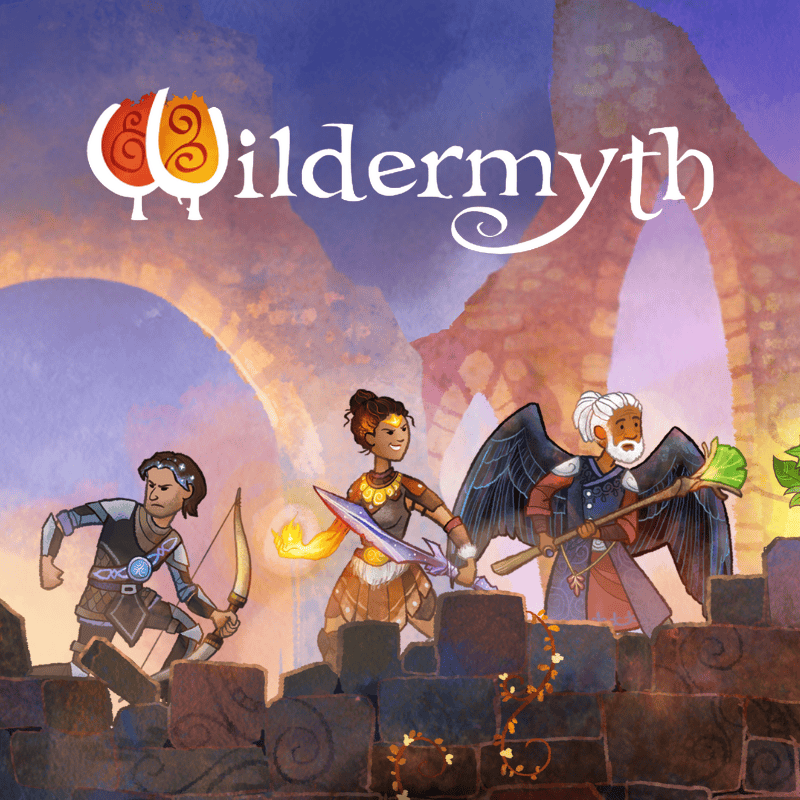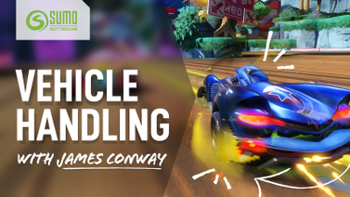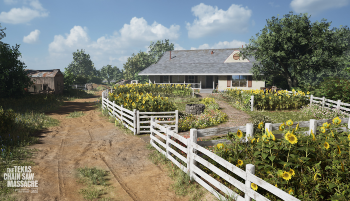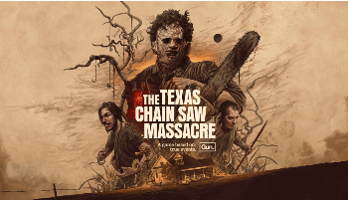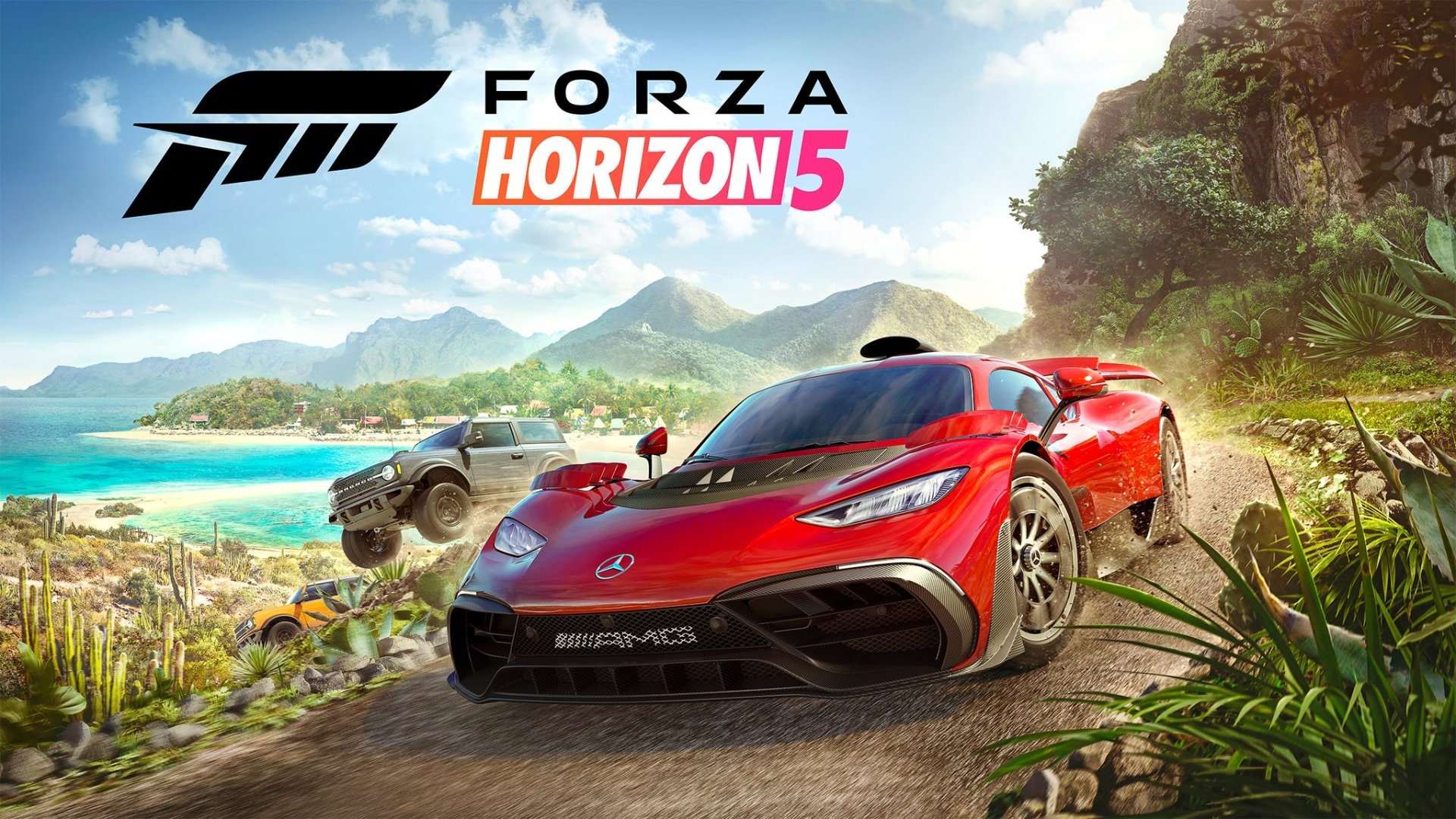From spending his entire student loan on a car on the first day at Uni, to becoming Sumo’s vehicle handling expert, James Conway is the man with a car plan.
But what is vehicle handling? How does it affect the player? How can you take your love for engines and make a career in the games industry?
Here, James gets in the driver’s seat and brakes down (get it? That’s a car joke!) the process of bringing vehicles to life in games.
What is Vehicle Handling in games?
“Lots of games have vehicles of some kind in their gameplay – whether that’s cars, boats, helicopters, planes or ANYTHING with wheels and a motor,” says James. “Those vehicles all need setting up to function in a way that the player expects – tanks need to carry a lot of weight, boats need to have fluctuating buoyancy depending on their type and cars need to drive like they would in real life.
“My job as a Vehicle Handling Designer is to work within the design team to look at how the camera, controls and environment interact with the vehicles in-game. For example, if I’m looking at a car in a game, I’ll work on how the controls make it move and how different inputs work with the vehicle, I’ll collaborate with the audio team to give it the right engine and tyre noises, and I’ll design the surfaces it drives on to give it that real-world feedback. Basically: if it has an engine, I’m your guy!”
If working on a specific project, Vehicle Handling Designers will usually sit within the Design team and work with Game Designers to create an authentic, true-to-life play experience. Or a Vehicle Handling Designer will work independent to projects and serve as consultant – like James!
“I’ve worked on a few different projects since joining Sumo Nottingham, like Hotshot Racing, Team Sonic Racing and Forza Horizon 5, and have served as advisor to other teams across Sumo for a range of different projects. It’s a great experience to try my hand at new vehicles, new types and new models while working with awesome people – at the end of the day, we’re all just trying to make the best games we can!”
Designing vehicles in games
“When it comes to creating an authentic experience, it’s vital that I conduct really thorough research which is grounded in the real world.
“It probably helps that I’m a massive fan of cars, but researching vehicles for games can be a really fun, insightful and educational process. Depending on what you’re working on, you might receive a spec sheet from a manufacturer which has the exact details of that vehicle – like its horsepower, gear ratio, and even precise measurements. If not, there’s a lot you can learn from just getting hands-on with vehicles and experiencing the way they drive and move.
“I cannot stress the importance of maintaining the characteristics of a vehicle if you’re working on something based in the real world – if you have a car that looks like a Mini, a player will expect it to perform like a mini: nimble and agile, or a Porsche which people expect to drift, or a tank which people are expecting to be heavy and slow. Although Hotshot Racing was more of an arcade style, we had a car that looked like a Bugatti Veyron, and so decided to elevate that model to be the highest speed vehicle in the game because that’s what players were expecting.
“Researching for vehicles brings a lot of interesting challenges and has enabled me to really open my mind to new information. For example, boats operate totally differently to cars and weren’t something I was at all familiar with – I had to undertake a course in physics and buoyancy to understand how to create them in games.
“It’s important to keep learning, be curious and stay in the know. Unsurprisingly, I watch a lot of F1 and various motorsports to keep up to date with the newest models hitting tracks around the world… and yes, I have been known to take fast cars for laps around cool tracks in the name of research – it’s awesome!”
On the road to becoming a Vehicle Handling Designer
“Despite being a car-lover since I was a kid, I always thought I’d go into football or sport, and went to university to do sports management. The first thing I did when I got my student loan was buy a car… I couldn’t even drive but wanted to get my hands on one and start messing with it. Unfortunately, during my time at Uni I actually ended up in a road accident which stopped me playing football and instead sent me down the path of games. Cars have been both my downfall and my redemption!
“I then worked in QA for racing games which was a match made in heaven for me. QA was an incredible role which taught me so much about how the industry works, how the design process factors in and gave me a really keen eye for detail. It’s how so many of us fall totally in love with the games industry.
“From there, I was given the opportunity to try my hand at Vehicle Handling and now here I am. There are only a few of us in the industry, so now having the opportunity to train others within Sumo and beyond it an absolute pleasure.
“I think the best advice I could give to anyone looking to become an in-game vehicle specialist is to try and get hands on with a car. As a teenager, I would often mess about with cars and get under the hood to understand what made it move, how it worked and how it reacted. We’re basically the mechanics of the gaming world, so try and train like one!”
Top Tips to remember for Vehicle Handling Design in games
Here, James shares his top tips for working in Vehicle Handling Design:
– If real is what you’re going for, make sure it’s realistic! If you create a vehicle in a game which has a similar real-world counterpart, players will always approach it with their own expectations of how it should drive. Accuracy in your vehicle will lead to a better experience, with a higher player trust. Having said that, don’t get precious with numbers, the player probably won’t see them. If you’re bringing in a vehicle that has real-world 300bhp, you don’t have to match this exactly – so long as it feels fast enough comparatively, you’ll be onto a winner!
– Don’t forget the camera: The camera plays an equal part in the handling of your vehicle. If you can’t solve an issue by tuning the handling, it could well be a problem with the camera instead. Internally, the cockpit or interior camera is a lot more work than just adding a new camera position, the interior and character animations of your vehicle all need to be of a high quality for it to function correctly.
– Get involved early: If your game is going to have vehicles in it, make sure you consider them early. From the surfaces to the environment – vehicle handling can have a huge impact on your game design choices, it’s more difficult to create a world and then decide to incorporate vehicles later!
– Keep up to date with tools and tech: The unique nature of Vehicle Handling means we often get to work with our own tool sets… but it’s important to stay up to date with what’s out there! At Sumo, we use TinkerTool – a programme which runs alongside the game and pulls up every car parameter you can think of in real time. It’s able to pull through incredibly detailed information like tyre graphics, engine forces and more.
Glossary
Unsure of any of the terms above? Don’t worry! Below you can find more information below:
Game Designer: Game Designers input into all areas of a game – how it looks, how it plays and what you’re able to do.
Hotshot Racing: An arcade-style racing game developed by Sumo Nottingham and Lucky Mountain Games released for PlayStation 4, Xbox One, Steam and Nintendo Switch in 2020.
Forza Horizon: The fifth Forza Horizon title and twelfth main instalment in the Forza series developed by Playground Games, with support from Sumo Nottingham. Released in 2021 for Xbox Series X | S, Xbox One and Steam.
Team Sonic Racing: A 2019 kart-racing game from Sega’s Sonic the Hedgehog series, developed by Sumo Digital and released for Xbox One, PlayStation 4, Steam, Amazon Luna and Nintendo Switch.
QA: Stands for Quality Assurance. QA Testers in games will play titles and determine any issues as they arise, working with the development team to provide feedback and fixes.
In-game camera: The in-game camera is what the player can see.
Horsepower: Also known as Brake Horse Power (BHP). Horsepower is a metric which indicates the power produced by a car’s engine.
Gear Ratio: The number of rotations of a driver gear (the one that supplies energy), to the number of rotations of a driven gear (the one to which force is directed).
Bugatti Veyron: A mid-engine sports car designed by the Volkswagen Group and Bugatti produced from 2005 – 2015.
Has reading about Sumo Nottingham got you revved up to join the team? Check out all current opportunities on the Careers Page!



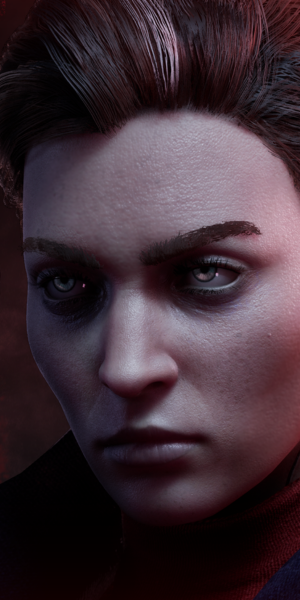 Vampire The Masquerade: Bloodlines 2
Vampire The Masquerade: Bloodlines 2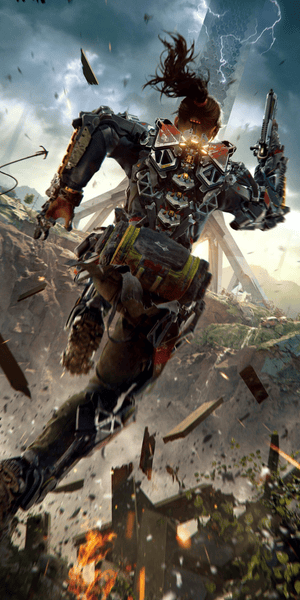 Exoborne
Exoborne Mars Horizon 2: The Search for Life
Mars Horizon 2: The Search for Life